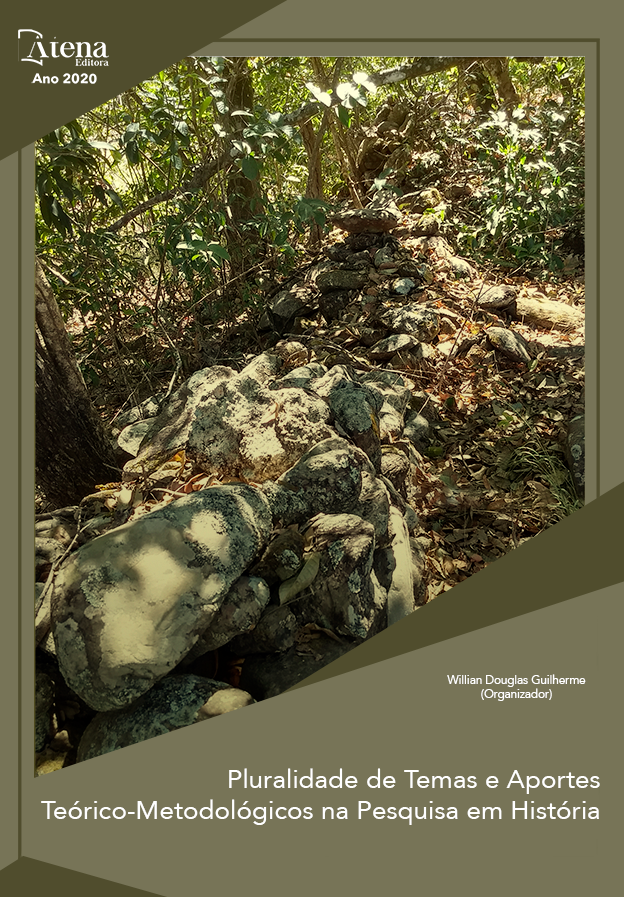
ITABAIANA: UMA ANÁLISE DOS EFEITOS DA CARÊNCIA DE CONSCIENTIZAÇÃO PATRIMONIAL COMO AMEAÇA À MEMÓRIA EDIFICADA
A cidade de Itabaiana, localizada no agreste do estado da Paraíba, é berço de riqueza cultural e histórica, enraizada desde os primórdios da consolidação paraibana. Tendo seu reconhecimento com vila por volta de 1804, Itabaiana foi palco de importantes marcos na história nacional. Em meados do século XX, a cidade passou por um processo de modernização e enriquecimento com a chegada do trem a vapor e da energia elétrica, sendo esta a primeira cidade na Paraíba a recebê-la. Tais processos de sua constituição, refletem o patrimônio arquitetônico e cultural que hoje a cidade emana. Inspiração de artistas como Sivuca, José Lins do Rego, Jessier Quirino, entre outros, a cidade possui uma rica pluralidade de estilos arquitetônicos que transpassam desde a arquitetura vernacular até ao estilo moderno emergente entre os anos 30 e 90. Tendo em vista a importância integrada à cidade, esta vem passando por processo de tombamento junto ao iphaep desde 2017, quando seu centro histórico foi cadastrado e iniciados os processos de inventariar as edificações, e em contrapartida à atual situação de degradação e modificação que boa parte deste patrimônio sofreu, surgiu então a intenção de se analisar o modo como essas modificações ocorriam, os locais, os materiais e as intenções dos proprietários para com essas alterações, visando entender os motivos das reformas e as necessidades da população ao executa-las. O objetivo do presente trabalho, realizado a partir da iniciativa do grupo de pesquisa LABHIS (Laboratório de História da UFCG), é poder levantar questionamentos acerca de como a falta de conscientização patrimonial e do reconhecimento da sua história como valor simbólico vem destruindo aos poucos a história da cidade.
ITABAIANA: UMA ANÁLISE DOS EFEITOS DA CARÊNCIA DE CONSCIENTIZAÇÃO PATRIMONIAL COMO AMEAÇA À MEMÓRIA EDIFICADA
-
DOI: 10.22533/at.ed.92720210926
-
Palavras-chave: Descaracterização, patrimônio edificado, modificações, educação patrimonial, Itabaiana.
-
Keywords: Mischaracterization, built heritage, modifications, heritage education, Itabaiana.
-
Abstract:
The city of Itabaiana, located in the countryside of the state of Paraíba, is the birthplace of cultural and historical wealth, rooted since the beginning of the consolidation of Paraíba. Having its recognition as a village around 1804, Itabaiana was the scene of important milestones in national history. In the middle of the twentieth century, the city underwent a process of modernization and enrichment with the arrival of the steam train and electricity, being this the first city in Paraíba to receive it. Such processes of its constitution, reflect the architectural and cultural heritage that today the city emanates. Inspiration from artists like Sivuca, José Lins do Rego, Jessier Quirino, among others, the city has a rich plurality of architectural styles that range from vernacular architecture to the emerging modern style between the 30s and 90s. In view of the integrated importance to the city, this has been going through the process of tipping with the iphaep since 2017, when its historic center was registered and the processes of inventorying the buildings started, and in contrast to the current situation of degradation and modification that a good part of this patrimony suffered, appeared then the intention of analyzing the way in which these changes occurred, the locations, the materials and the intentions of the owners towards these changes, in order to understand the reasons for the reforms and the needs of the population when carrying out them. The objective of the present work, carried out on the initiative of the research group LABHIS (History Laboratory at UFCG), it is possible to raise questions about how the lack of heritage awareness and the recognition of its history as a symbolic value has been slowly destroying the city's history.
-
Número de páginas: 7
- Charles Andrade Pereira
- Nycole de Araújo Régis


